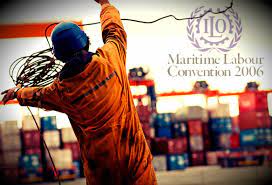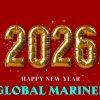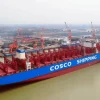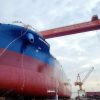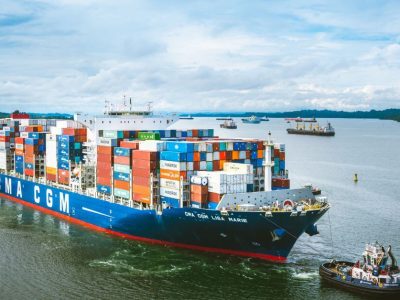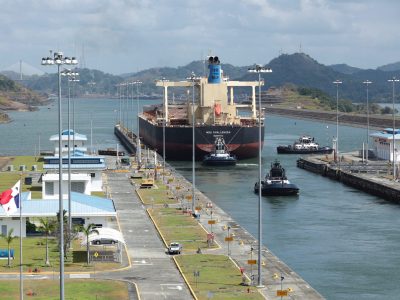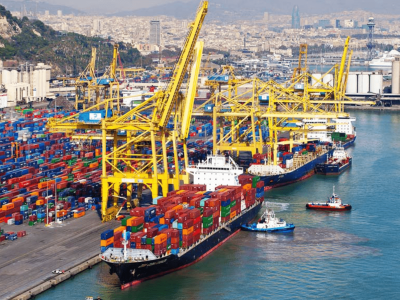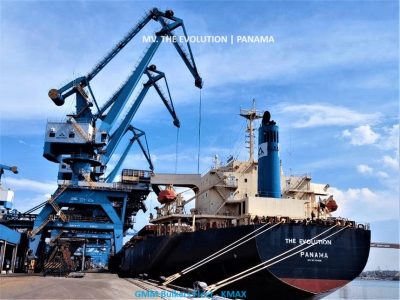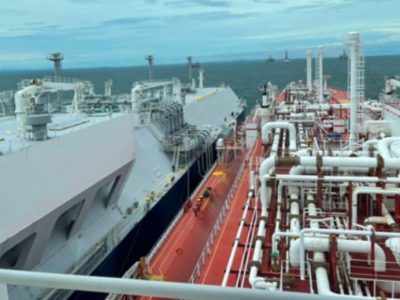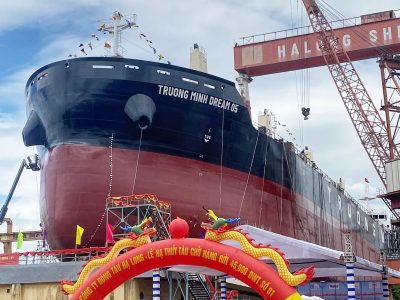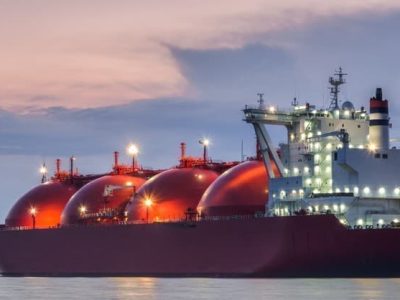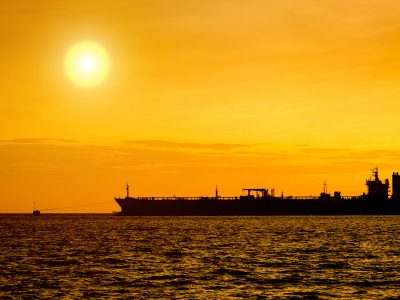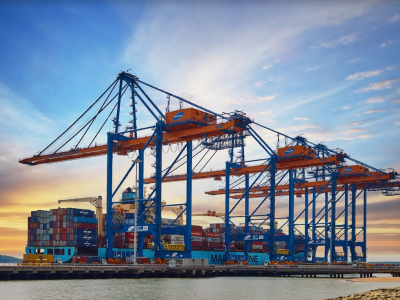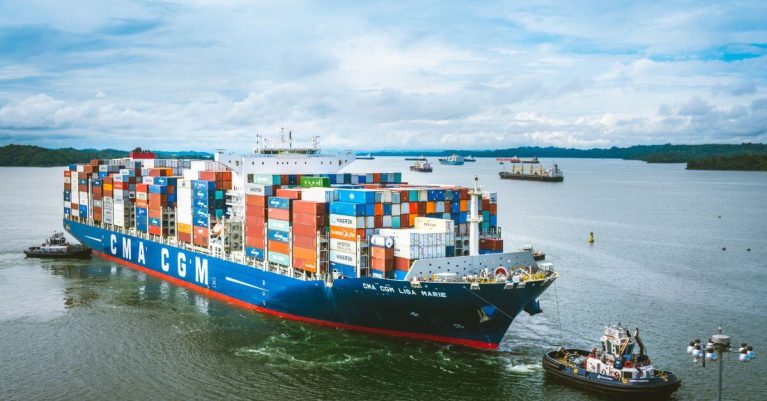By GMM Training | 2024-03-04 | Law Publications |
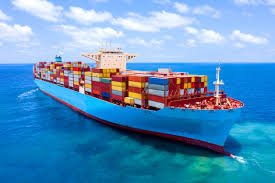
Due to rapid development in the container market and huge competition among the companies, the ship owners are looking for a new breed of container ship having a large capacity of up to 18000 TEU (Twenty Equivalent Unit). The earlier rules and requirements were developed for conatainer ship of 130 to 350 Meters length.
But due to rapid expansion of the global container trade, the upper limit of the range of length i.e. 350 meters has already been reached, and thus new rule is required to cover container ship upto 450 meters length.
For developing new rules for new ships, several analyses are done which includes:
1) Non-linear sea load predictions
2) Dynamic load approach (DLA)
3) Fatigue analysis
4) Bow flare slamming analysis
5) Springing analysis
6) Whipping analysis
7) Green water analysis
8) Vibration analysis.
The latest rules requires following scantling requirements:
Torsional Strength Requirement
For large container ships i.e post panamax & super post panama, it is essential to calculate torsional response and critical structural details beyond 0.4L (Length) amidships with accuracy using similar models. For the ships above 350 meters in length it is essential to comply with DLA requirement.
Enhance strength requirement
In container ship, there arise various cyclic warping stresses in side shell and bilge longitudinals due to wave’s torsional movement. The new requirement hull structures are strengthened against buckling in upper deck region & shear buckling of longitudinal bulkheads due to whipping. The rule also applies to side shell and bilge longitudinal below scantling draft.
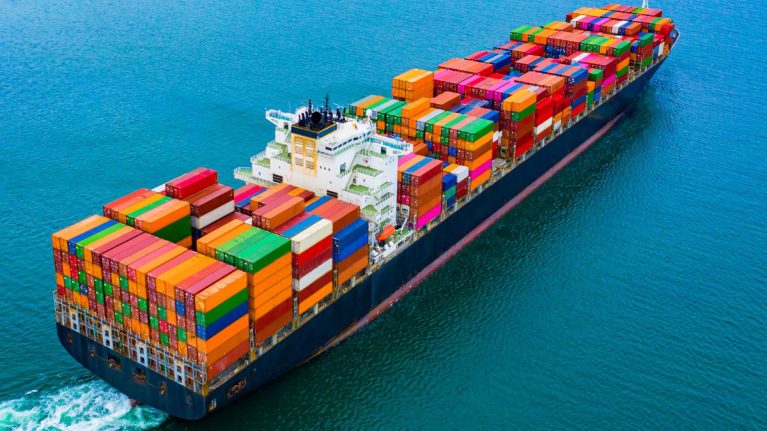
Non-Linear Sea Loads
Container ships having large bow flare and overhanging stern experiences large non-linear sea loads. The main factors are:-
1) Hogging bending moment
2) Sagging bending moment
3) Wave induced positive shear force
4) Wave induced negative shear force
Because of these, correction factors have been introduced into IACS wave induced hull girder load formulations.
Design challenges for container ships
Due to the design of open deck structure, the container ship poses a low torsional rigidity as compared to the tankers and bulk carriers. Structural damage is caused by wave induced torsional movement in combination with various oblique loads. It is therefore important to consider these challenges while designing of the ship.
Position of the Deck House
The position of the deck house is influenced by the ship’s length in order to meet SOLAS requirement. In older rules, the deck house of container ship of about 250 meters in length was placed in the stern region, but in ultra large container ships the deck house has been moved towards the midship region of the ship. Due to this a large propeller shaft is required which causes vibrations from the engine to the slender deck house. For this reason vibration analysis is required as a part of assessment during design.
Safe Hull Dynamic Load Approach (SH-DLA)
This represents procedure for various dynamic loads and strength assessment to calculate ship structural strength under realistic dynamic load condition. The same approach has already been applied to various other types of ship like tanker, FPSO, LNG/LPG carriers etc


